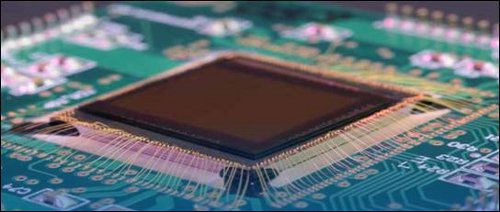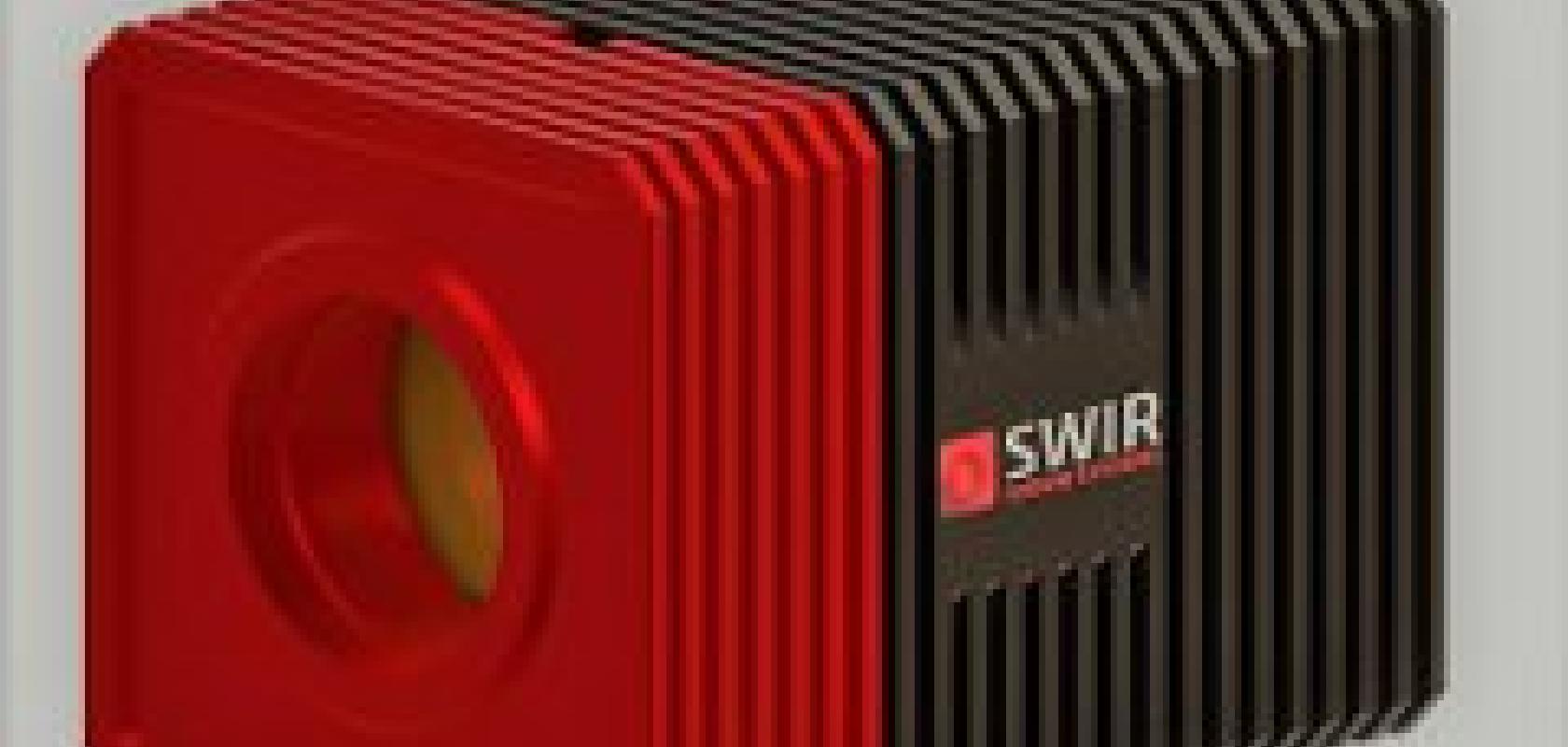Spin-out firm SWIR Vision Systems is to commercialise colloidal quantum dot infrared sensors, which, the company says, could displace InGaAs technology. Dr Ethan Klem, Allan Hilton, and George Wildeman from the company discuss the performance, fabrication, and cost trade-offs of CQD sensors versus InGaAs
In the third quarter of 2018, SWIR Vision Systems, based in Durham, NC, USA, will introduce a new class of camera featuring a 400-1,700nm broadband image sensor based on colloidal quantum dot (CQD) thin film photodiodes. The CQD photodiodes are fabricated monolithically on silicon readout wafers. These sensors have the potential to achieve for SWIR imaging what CMOS image sensors and microbolometer arrays have achieved for visible and longwave infrared imaging respectively. Namely, to leverage the scale and cost structure of the silicon integrated circuit industry, moving SWIR imaging from a specialised niche into broad commercial markets.
Infrared imaging cameras operating in the shortwave infrared are not new to machine vision. Cameras based on indium gallium arsenide (InGaAs) technology have been commercialised by several companies and are already deployed in a range of industrial and defence applications. SWIR Vision Systems is now commercialising CQD sensor technology for use inside the company’s high-definition Acuros cameras, with the potential to displace InGaAs cameras in several key applications.
The current SWIR imaging market is dominated by InGaAs-based sensors, a compound semiconductor grown epitaxially on lattice-matched indium phosphide (InP) substrates. To form pixel-level electrical connections between each InGaAs photodiode and the corresponding silicon readout integrated circuit (ROIC) input cell, the two chips are joined by metal-to-metal bonding. The hybridisation is most commonly carried out by forming an array of indium bumps on the detector chip, which is then thermocompression-bonded with a corresponding indium bump array on the ROIC die.
The hybridisation yield imposes limitations on pixel size, pixel spacing, and sensor resolution. Because of these limitations, commercially practical InGaAs SWIR cameras are limited to VGA resolution, and even these are considered too costly for most machine vision applications.
Conversely, SWIR Vision Systems’ CQD sensor technology uses a monolithic integration approach, in which the quantum dot-based sensor is fabricated directly onto CMOS ROICs using well-established, low-cost semiconductor deposition techniques. The process requires no hybridisation, no epitaxial growth or exotic substrate materials, no pixel-level sensor patterning, and can be scaled easily to wafer-level fabrication. The approach also employs low-cost, solution-processed lead sulphide (PbS) colloidal quantum dots to form p-n photodiode arrays sensitive in both the SWIR and visible spectral bands. The group has demonstrated 3µm pixel pitch, although the first prototype camera has a 15µm pixel pitch.
The relative crystalline disorder of colloidal quantum dots currently results in lower quantum efficiency when compared to InGaAs cameras, which may make these cameras less suitable for photon-starved applications. However, in the majority of machine vision applications a CQD sensor-based camera can be paired with relatively inexpensive active illumination, resulting in near InGaAs equivalent performance with a significant reduction in overall system cost.
To demonstrate applicability to imaging applications, SWIR Vision Systems has fabricated 2D arrays of CQD photodiodes on numerous commercial off-the-shelf silicon CMOS ROICs and integrated them with corresponding camera electronics. The prototype cameras have been trialled across an array of use cases. Now, the company is preparing to release the TEC-less Acuros camera family featuring: InGaAs equivalent noise; pixel operability greater than 99 per cent; 15µm pixel pitch; and three different pixel array sensor formats (640 x 512 pixels, 1,280 x 1,024 pixels, and 1,920 x 1,080 pixels). The cameras are capable of imaging at speeds up to 380fps via GenICam-compliant GigE Vision and USB3 Vision interfaces.

Acuros CQD SWIR image sensor from SWIR Vision Systems
CQD camera sensors fabricated with low-cost materials and CMOS-compatible fabrication techniques represent a major advance towards broadly accessible high-definition SWIR imaging. The company expects the camera’s lower cost point and its non-ITAR, EAR99 export classification to drive higher adoption rates globally, broadening the market for SWIR camera technology.
The first products are designed for cost-sensitive machine vision applications, and those that would benefit from higher resolution and wider fields of view. Hot glass inspection, liquid fill level, food sorting, moisture detection applications, semiconductor inspection, and hyperspectral imaging are a few of the target applications of the first commercial colloidal quantum dot-based SWIR imaging cameras.
SWIR Vision Systems is a venture company spun out of RTI International, a US non-profit research institute. SWIR Vision Systems will commercialise RTI’s infrared camera technology. George Wildeman is SWIR Vision Systems' CEO; Allan Hilton is vice president of operations; and Dr Ethan Klem is the company’s chief technology officer. Klem led the research and development programme for the sensors during his tenure at RTI.


